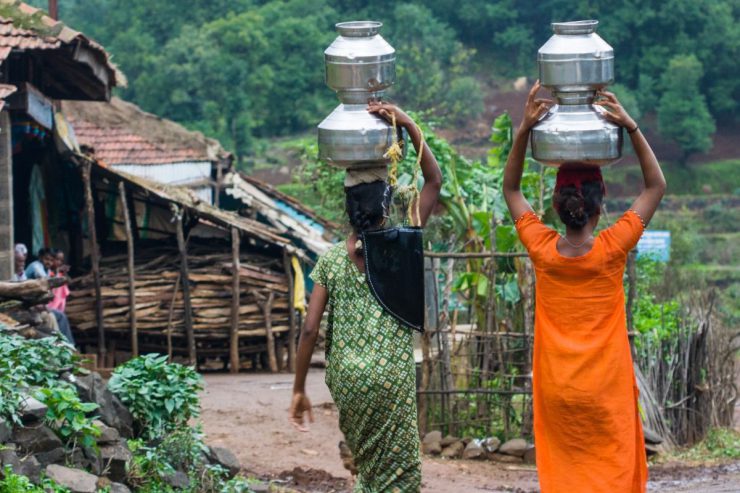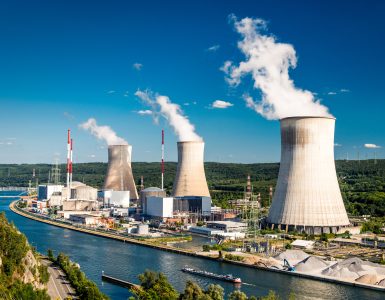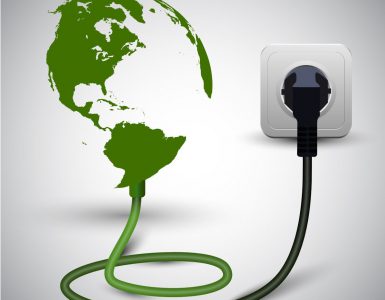There are currently around 8 billion people living in the world today. This is set to rise to 9 billion by 2050.
How do we make sure that everyone has equal access to energy today and in the future?
DEVELOPING COUNTRIES
Around 1.3 billion people, mainly in Africa, India and other developing countries in Asia, do not have access to electricity.
Having electricity provides light that can keep factories working when it’s dark and increase manufacture, to being able to move away from fuel like kerosene used in lamps and cookers in the home, which can be damaging to health.
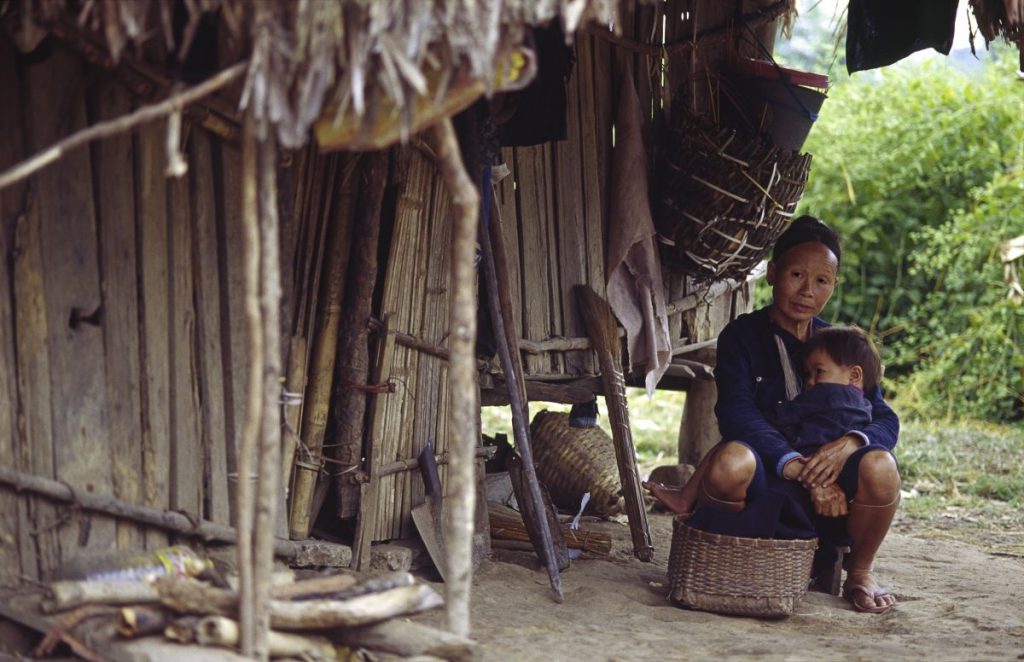
Developing countries being able to improve their standard of living and move towards becoming more developed could mean relying on whatever energy resources they have available and can afford.
This can prove difficult to meet the third issue in the energy trilemma: sustainability. Secure and affordable resources in areas like China and India revolve mainly around coal, the least clean of all the fossil fuels.
However, it is debated that if resources like coal are all that is available to these countries, they should be able to use them in order to reach a point where they have the infrastructure and money to look at low carbon sources and technology like Carbon Capture and Storage when they are able to.
After all, coal fuelled the UK and other developed nations economies during the Industrial Revolution, so why shouldn’t developing nations get the same opportunity?
ENERGY DEMAND
Energy demand is seen to be linked to economic growth and increase in population, both of which are taking place in several large developing countries, such as China, which is the largest producer of green house gases due to their use of coal.
While America only counts for 4% of the world’s population, the country uses 20% of energy demand!
Find out more about China’s Energy Mix
Demand is staying relatively steady in other parts of the world thanks to more efficient technologies that use less energy, as well as some behaviour changes by consumers.
According to BP’s Energy Outlook 2017, Africa will account for around half the rise in population by 2035. This report also forecasts that developing countries will prove to be the biggest contributor to the rise in cars from nearly 1 billion in 2015 to just under 2 billion by 2035.
Energy use in India is expected to grow fastest, even more than China, and that’s with old energy technologies and resources.
In order for India and other developing countries to develop, a lot of energy will be required, both for their manufacturing needs as well as for their increase in populations.
The country currently uses coal for 55% of its energy needs, because it is the most available and cheapest source for them to use. India is looking towards nuclear and renewables in the near future to provide low carbon energy, as well as natural gas to help ease between coal and new resources.
REACHING EQUALITY
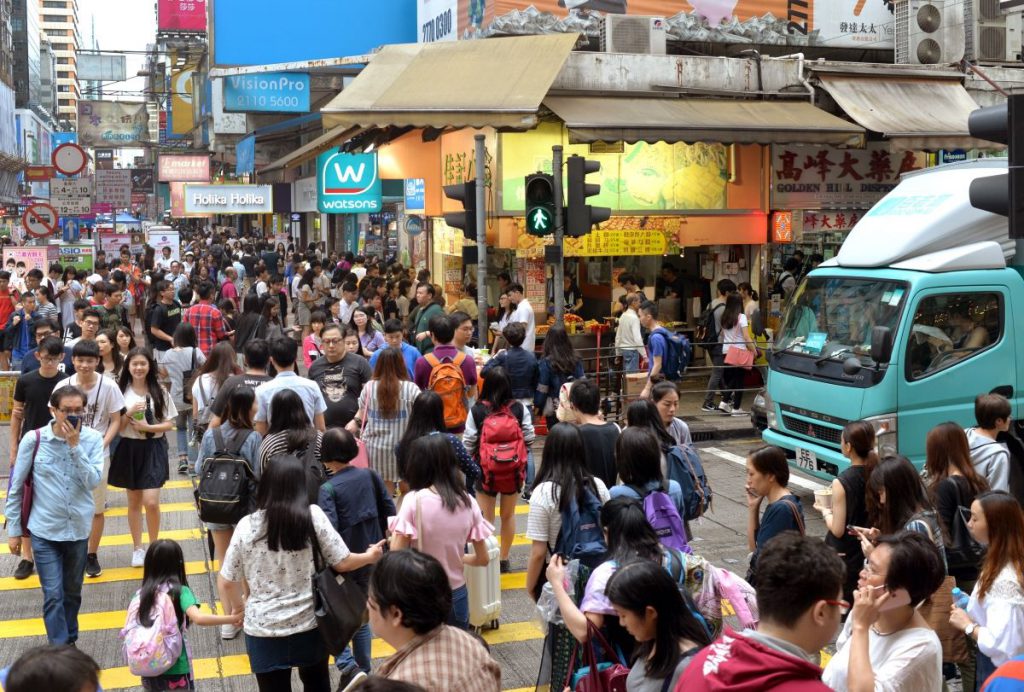
Despite developing countries being unable to access the same energy resources and technologies as developed countries, they are sometimes affected most by the negative effects of energy use more than developed countries.
By giving money to less developed nations, developed countries can help them organise their energy plans and technology for the future, as well as help with preventing damage due to the effects of climate change.
Some more developed nations are volunteering to give money to these countries to help with their development.
Research is being carried out by different organisations, including Oxford University, as to how we can bridge the energy gap between developed and developing countries.
The team at Oxford are creating easy to fix, low cost energy technologies that can be used in rural villages, as well as looking at how to create sustainable travel to cut down on carbon dioxide emissions and reliance on oil.



